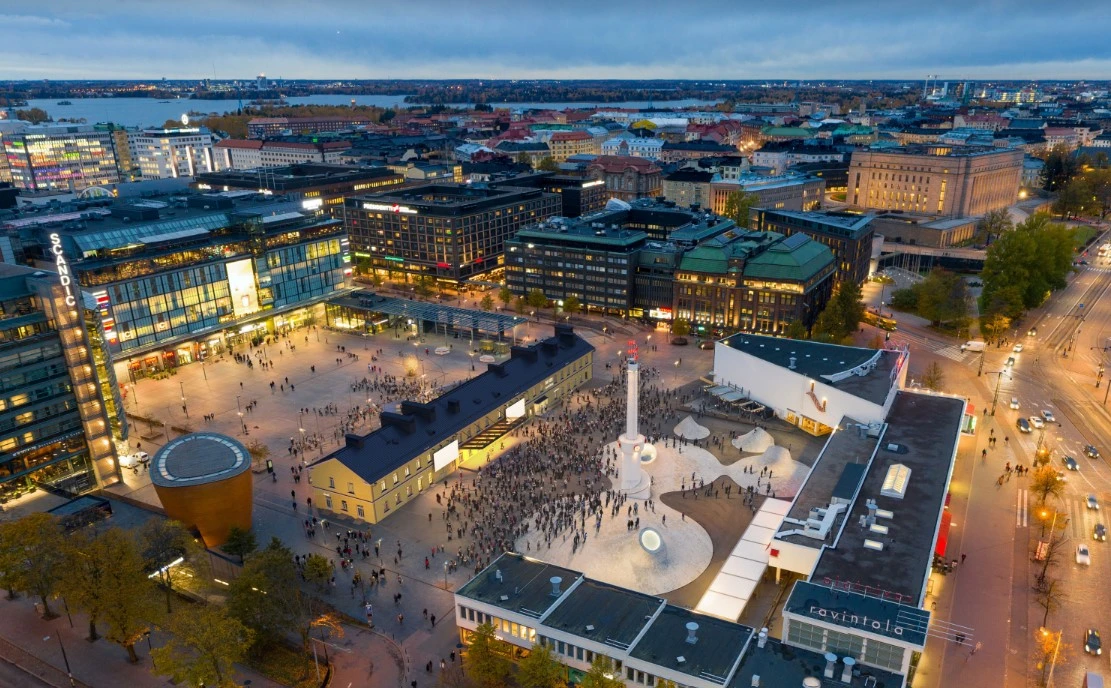
Architectural styles of the Lasipalatsi Quarter

Architectural styles of the Lasipalatsi Quarter
Empire Style
The Empire style refers to the late phase of Neoclassicism, also known as the "Imperial style." Its architectural language was rooted in classical antiquity and included features such as ancient column orders. When Helsinki became the capital of the Grand Duchy of Finland in 1812, Emperor Alexander I aimed to construct a new stone-built monumental city centre modelled after that in St. Petersburg. The German architect Carl Ludvig Engel (1778–1840) was commissioned for the task. The prestigious Empire-style ensemble around the Senate Square, fitted into a grid plan, was completed between the 1820s and 1850s.
Empire was also the dominant style in the early 19th century military architecture, as seen in the design of the Turku Barracks (1833). As a military building, it is starkly simple and austere, without ornamentation. Engel's name has been associated with the Turku Barracks in some sources, but the actual designer remains uncertain.
Functionalism
The new architectural movement of the early 1930s, known as early modernism, came to be referred to as functionalism in Finland and other Nordic countries – or funkis in colloquial Finnish. This style was characterized by aesthetic clarity and an emphasis on purpose and efficient use of space. These qualities were enabled by technological innovations such as the reinforced concrete column-and-beam structure. Once exterior walls were no longer load-bearing, features like larger window surfaces became possible. Horizontal ribbon windows are often associated with functionalism.
The Lasipalatsi building, designed by Niilo Kokko (1907–1975), Viljo Revell (1910–1964), and Heimo Riihimäki (1907–1962), is a bold and free-form interpretation of functionalism. In addition to ribbon windows, Lasipalatsi includes many other hallmarks of the style: an emphasis on horizontal lines, a flat roof, and white rendered walls with colourful accents. Transparency and open flow through the building are also key features of early modernist architecture. Now a protected site, Lasipalatsi is a significant example of functionalist architecture in Finland and is listed in the international register of modern architecture by ICOMOS/Docomomo.
Functionalism was an international and universal style, whose influence extended beyond architecture to fields such as design. Key figures in the movement include the Swiss-born architect Le Corbusier (real name Charles-Édouard Jeanneret-Gris, 1887–1965) and German architect Walter Gropius (1883–1969), founder of the famous Bauhaus school of art and architecture. Functionalism was associated with an urban lifestyle and was seen as expressing ideals of equality and optimism for the future.

